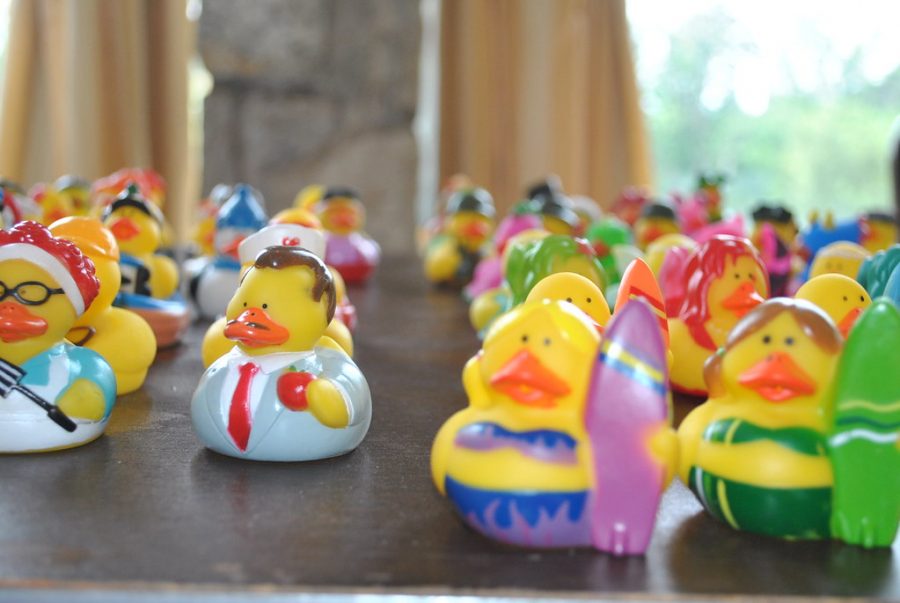The Process Of Making Rubber
The process of making rubber is very complex if you want to be informed about this topic continue reading.
Four basic phases comprise the rubber processing process: (1) Mastication, which shears the elastomer and breaks down the molecules to facilitate flow, (2) Mixing, which is typically done right after Mastication and incorporates additives, (3) Shaping of the viscous mass, such as by extrusion or molding, and (4) Curing, which causes the polymer molecules to interlink and fixes the shape.
Typically, mastication and softening are done in batches. Either on rubber mills or in sizable enclosed mixing machines, the procedure is carried out. The Banbury (registered trademark) mixer, which consists of heavy steel counter rotating paddles in an hourglass-shaped chamber containing up to one and a half tons of rubber, is the best example of an enclosed machine. Large steel cylinders up to 3 meters (10 feet) long, located horizontally opposite and close together, rotate slowly in opposing directions and at slightly varying rates in rubber mills. In the Banbury mixer’s paddle-to-wall gap and the roll mill’s gap between the two cylinders, rubber gets sheared and softened.
Using machines resembling those used in mastication, mixing is done, occasionally just after softening. By combining shearing and mixing actions, reactive ingredients, fillers, oils, and protective chemicals of various sorts are integrated into the basic elastomer. Up to a half ton of mixed material can be produced in a few minutes using an enclosed Banbury-type mixer. After being sheeted out and sprayed with a release soap to keep it from adhering, the compound is then kept until use on steel pallets that can contain up to one ton of rubber.
The mixture can be shaped in a variety of ways to assume the desired form. Long continuous items including tube, tire treads, and wire covers are made using extruders. Also, they are employed to create a number of profiles that may then be lengthened. Wide sheeting is produced using multi roll calenders. The rubber mixture is pumped via channels into a mold chamber with the desired form in transfer and injection molds, where it is pressure-cured. Bead wire, sidewall compound, inner liner, cord plies, belt package, and tread are some of the parts that make up a tire; these parts are brought together and put together as a whole tire before being sent to the curing press.
RELATED STORIES:
https://www.wonderopolis.org/wonder/how-are-buildings-built
https://www.azom.com/article.aspx?ArticleID=1711
https://www.bbc.com/future/article/20210308-rubber-the-wonder-material-we-are-running-out-of
TAKE ACTION:
- Read this article
- Watch the video linked
- Read the related stories(https://www.amazon.com/rubber-ducks/s?k=rubber+ducks)
- Buy rubber products
- Recycle rubber/https://www.conserve-energy-future.com/recyclingrubber.php#:~:text=Rubber%20products%20end%20up%20taking,we%20can’t%20actually%20recycle.















